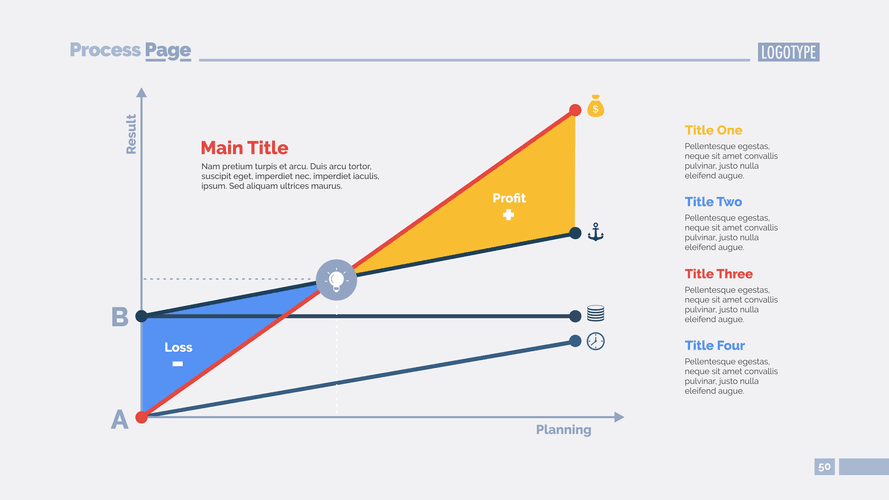
Some of the costs of production are fixed, meaning they do not change when the number of units produced increases or decreases. Examples of fixed costs include rent, insurance and property taxes. Incremental cost is the difference between the total expenditures required to produce a given number of units and the total expenditures a business incurs to produce those units plus one. Sensitivity analysis and assumptions play a crucial role in the process of calculating and comparing the incremental costs and benefits of different options. In this section, we will delve into the various aspects of sensitivity analysis and the importance of making reasonable assumptions.
How to Calculate Incremental Cost
It is important to differentiate between incremental costs and sunk costs. Sunk costs are costs that have already been incurred and cannot be recovered, regardless of the decision made. On the other hand, incremental costs are future costs that are directly influenced by the decision at hand. When analyzing different options, businesses should focus on incremental costs rather than sunk costs to make rational and forward-looking decisions. Incremental costs are also evaluated in overall business strategies.
AccountingTools
- Incremental costs are also referred to as marginal costs, but there are some basic differences between them.
- It is important to differentiate between incremental costs and sunk costs.
- Incremental cost includes raw material inputs, direct labor cost for factory workers, and other variable overheads, such as power/energy and water usage cost.
- From this example, you can observe not all increase in production capacity leads to a higher net income.
- The term incremental cost refers to the cost that the business incurs for producing an extra unit.
- In other words, incremental costs are solely dependent on production volume.
Forecast LRIC is evident on the income statement where revenues, cost of goods sold, and operational expenses will be affected, which impacts the overall long-term profitability of the company. Costs are determined differently by each organization according to its overhead cost structure. The separation of fixed costs and variable costs and determination of raw material and labor costs also differs from organization to organization. Incremental cost is choice-based; hence, it only includes forward-looking costs. The cost of building a factory and set-up costs incremental cost for the plant are regarded as sunk costs and are not included in the incremental cost calculation. Fixed costs are often not included in calculating incremental costs.
What’s a Limitation of Incremental Analysis?

Conversely, fixed costs, such as rent and overhead, are omitted from incremental cost analysis because these costs typically don’t change with production volumes. Also, fixed costs can be difficult to attribute to any one business segment. Incremental cost is calculated by analyzing the additional expenses involved https://www.bookstime.com/ in the production process, such as raw materials, for one additional unit of production. Understanding incremental costs can help companies boost production efficiency and profitability. But then you are looking at making 5,000 more shirts as your labor, machinery, and production input tells you you can. The cost of producing 15,000 units is $120,000, meaning the additional cost to expand your production to this level is at an incremental cost of $20,000.
- Companies need to make profitable business decisions when aiming for operational expansion.
- And the more units sold at marginal cost, the higher its contribution to the net income.
- Because the sunk costs are present regardless of any opportunity or related decision, they are not included in incremental analysis.
- Whether it’s a small operational decision or a major strategic move, incremental analysis helps navigate the complexities of business with clarity and precision.
- It includes relevant and significant costs that exert a material impact on production cost and product pricing in the long run.
- The company has excess capacity and should only consider the relevant costs.
Understanding Incremental Costs
However, it is essential to recognize that assumptions are simplifications of reality and may introduce uncertainties into our analysis. Incremental costs are also referred to as marginal costs, but there are some basic differences between them. Incremental analysis is a problem-solving method that applies accounting information—with a focus on costs—to strategic decision-making. Incremental analysis is useful when a company works on its business strategies, including the decision to self-produce or outsource a process, job, or function. As the name suggests, both are meant to calculate the cost and revenue for extra or addition production of goods and services.

When to Use Incremental Cost Analysis
Here are some incremental cost examples based on different scales of production. Suppose a company wants to reduce its carbon footprint by switching to renewable energy sources. They need to compare the additional costs (solar panels, wind turbines, and grid integration) against the incremental benefits (lower energy bills, positive brand image, and environmental impact). Remember, comparing benefits and costs is not a one-size-fits-all approach. The importance of each factor may vary depending on the specific context and goals of the decision-maker.
Incremental and marginal costs

Often times new products can use the same assembly lines and raw materials as currently produced products. Unfortunately, most of the time when manufacturers take on new product lines there are additional costs to manufacture these products. Management must look at these incremental costs and compare them to the additional revenue before it https://x.com/BooksTimeInc decides to start producing the new product. The calculation of incremental cost shows a change in costs as production expands. Incremental costs help to determine the profit maximization point for a company or when marginal costs equal marginal revenues. If a business is earning more incremental revenue (or marginal revenue) per product than the incremental cost of manufacturing or buying that product, then the business earns a profit.
